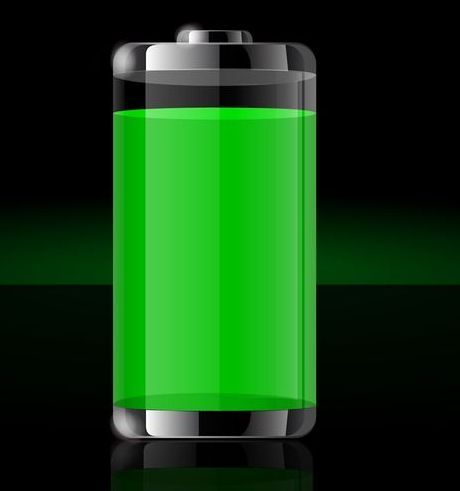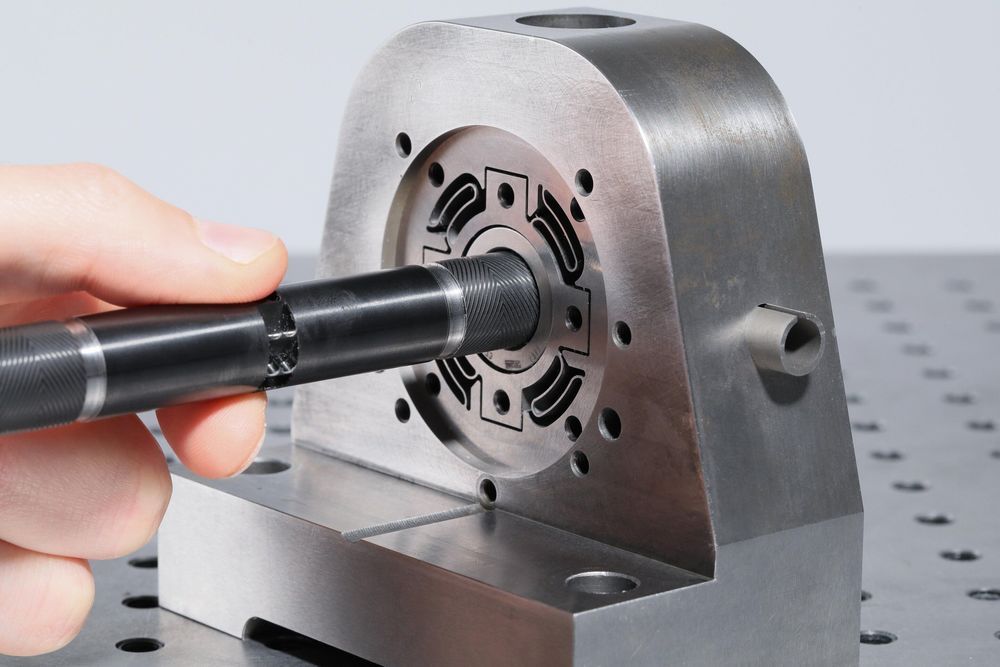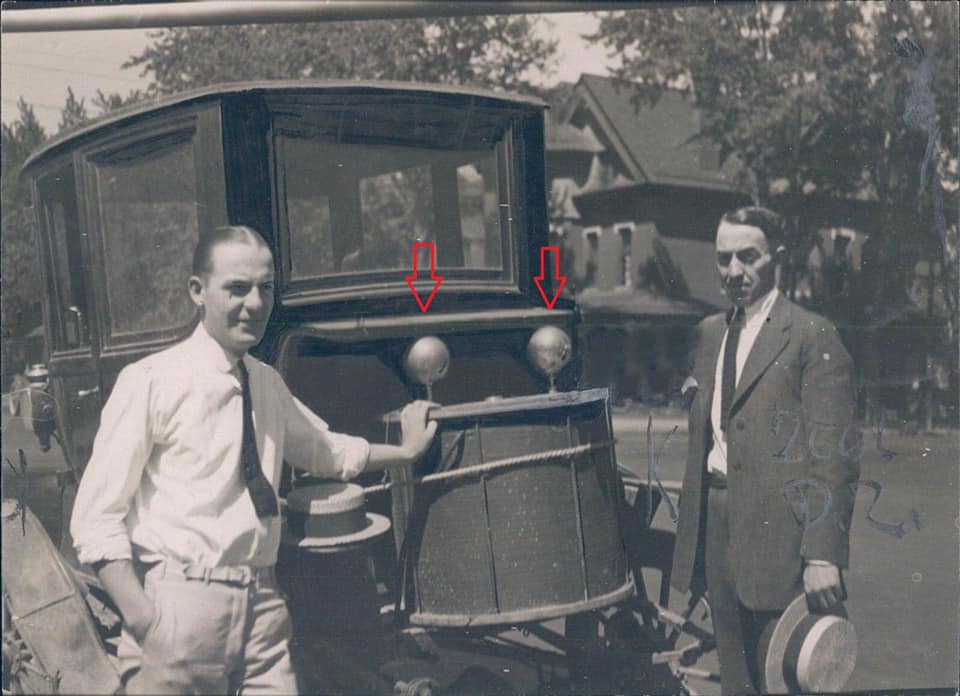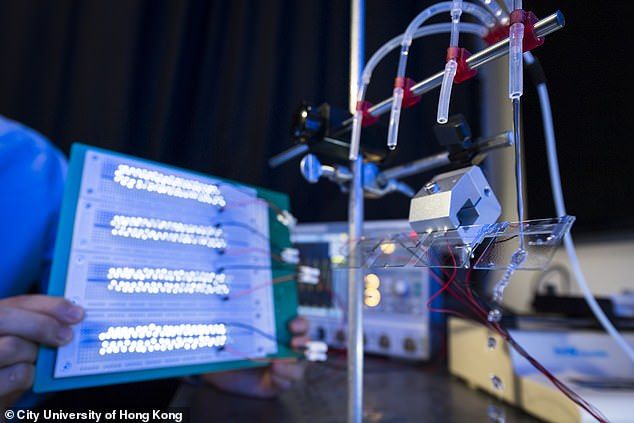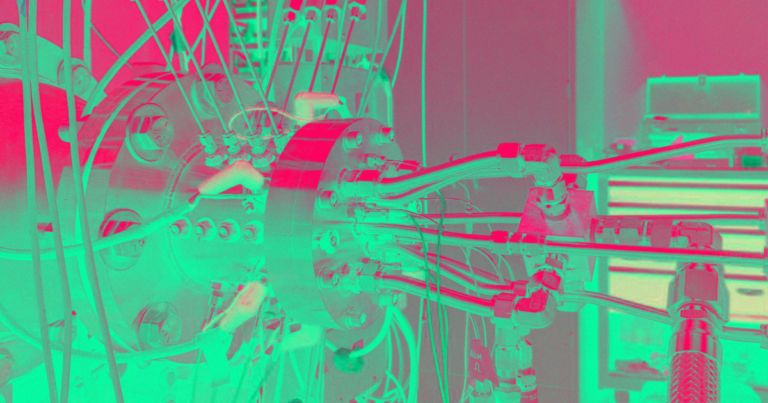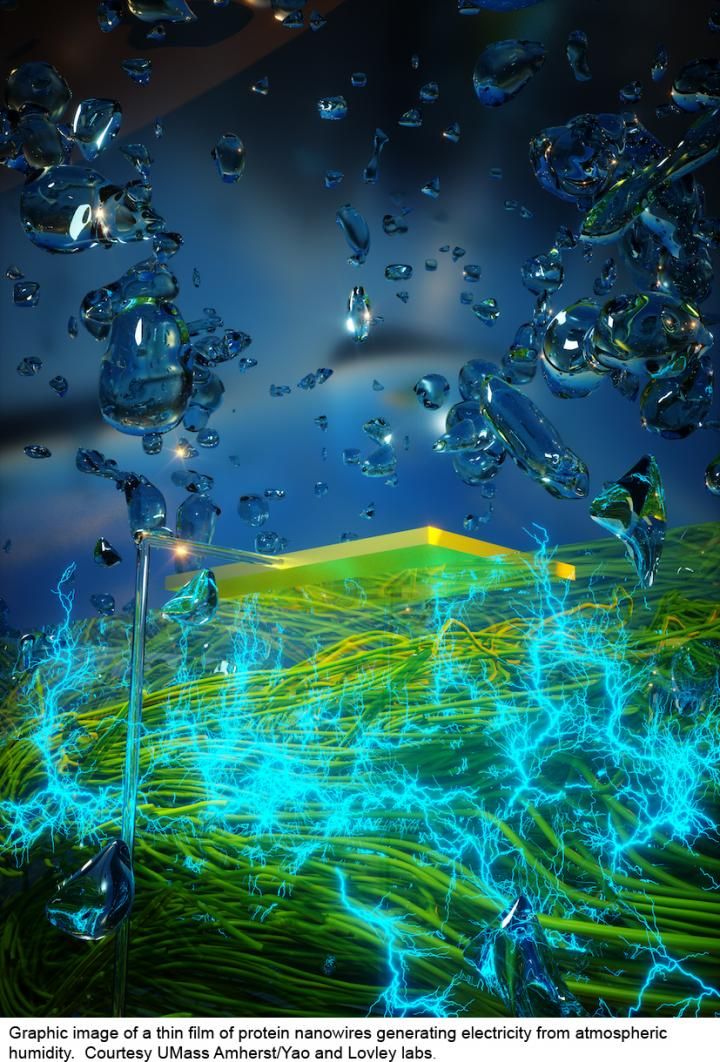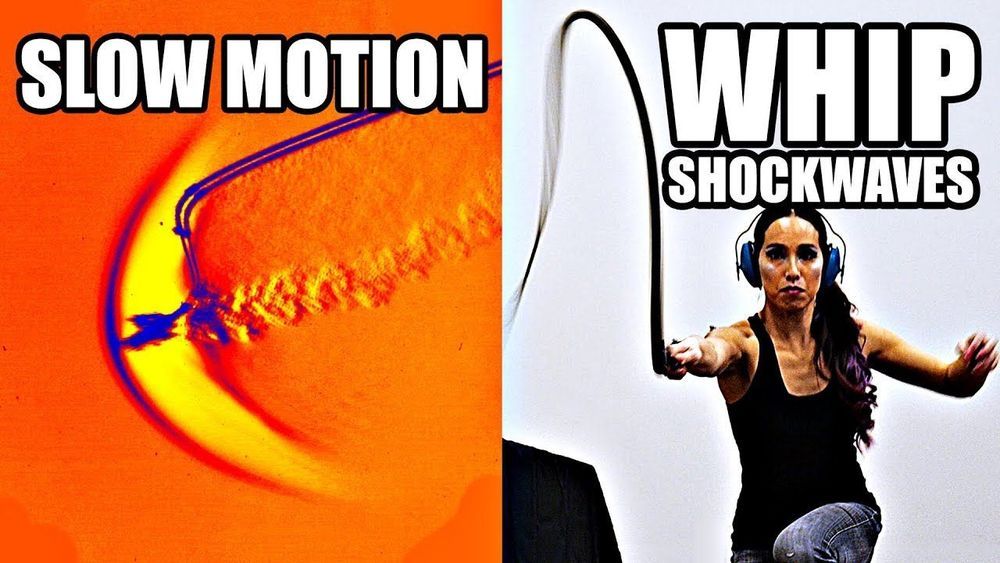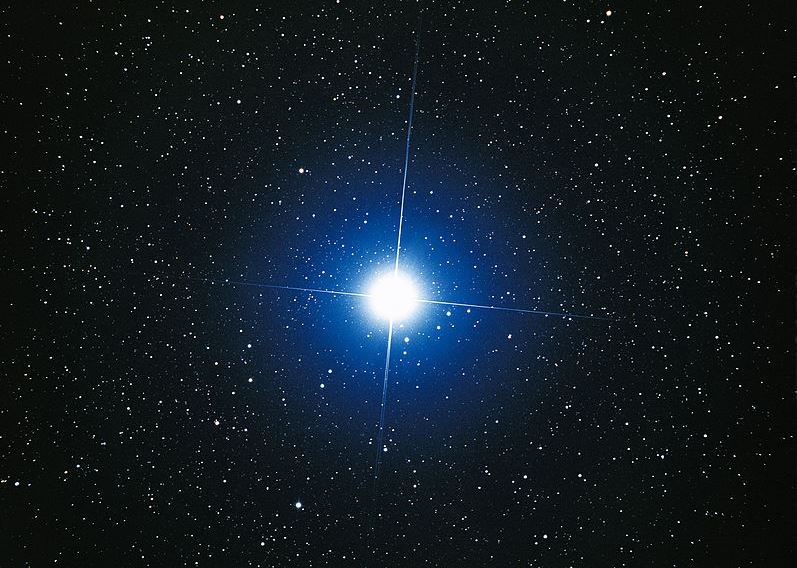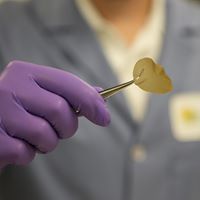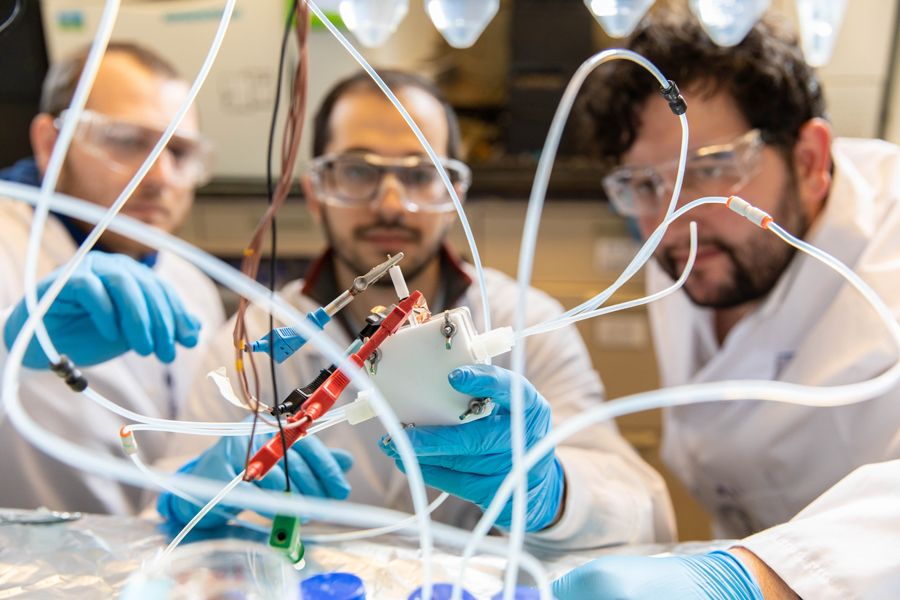Electric vehicle batteries have improved considerably in recent years, but their limited ability to store energy still keeps many people from giving up their gas-burning cars. That may be about to change, though, as a new anode material is said to offer a whopping four-fold increase in capacity.
Batteries incorporate two electrodes – an anode and a cathode – which ions travel between through an electrolyte. Among other things, the capacity of a battery is affected by the amount of electrons that are able to build up in the anode.
Typically, those anodes are made of graphite. According to scientists at the Korea Institute of Science and Technology (KIST), silicon offers 10 times the energy storage capacity of graphite, but it has one major disadvantage as an anode material – it swells up during the charge/discharge cycle, causing its surface to crack and its capacity to thus drop drastically.
